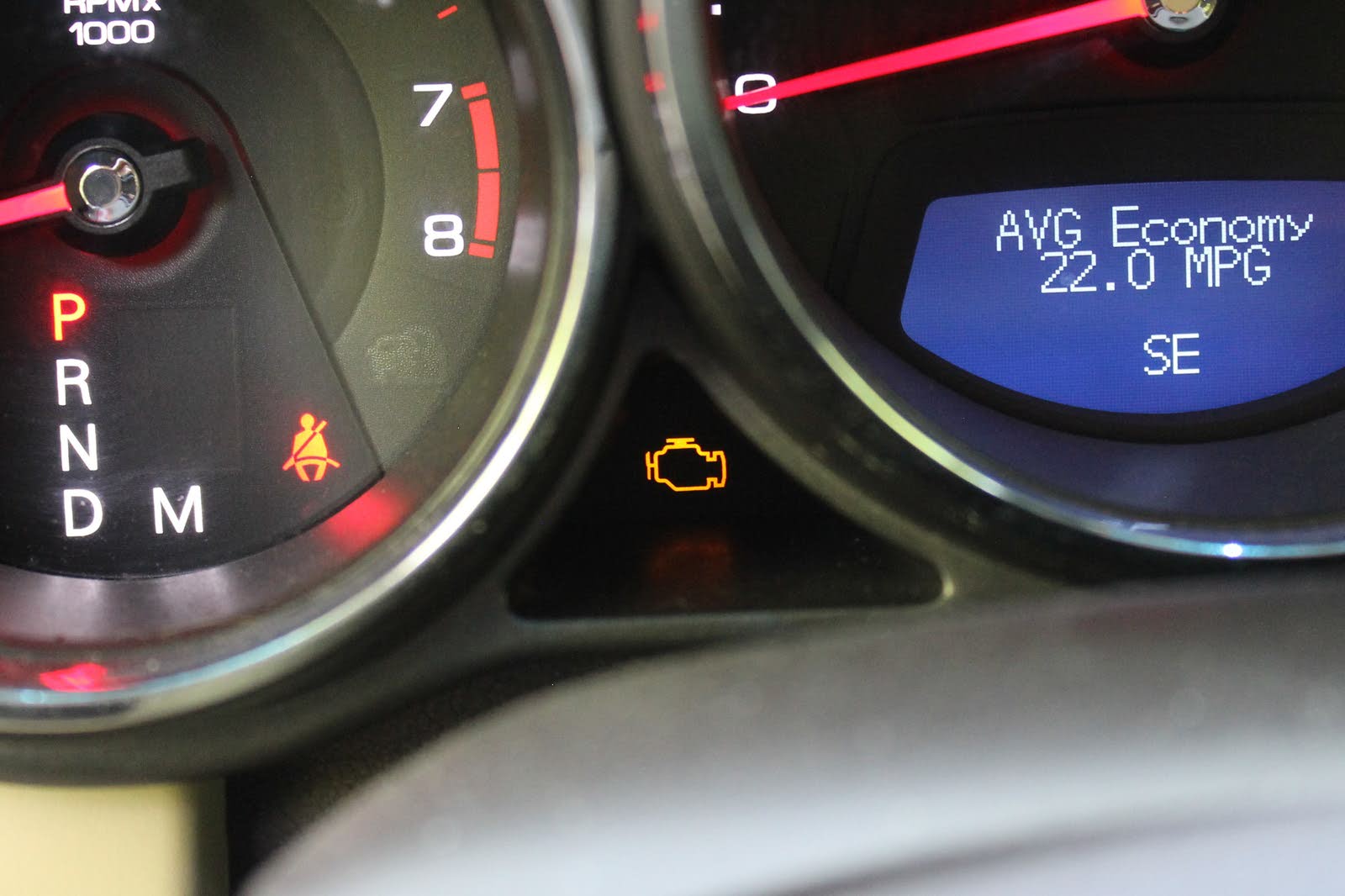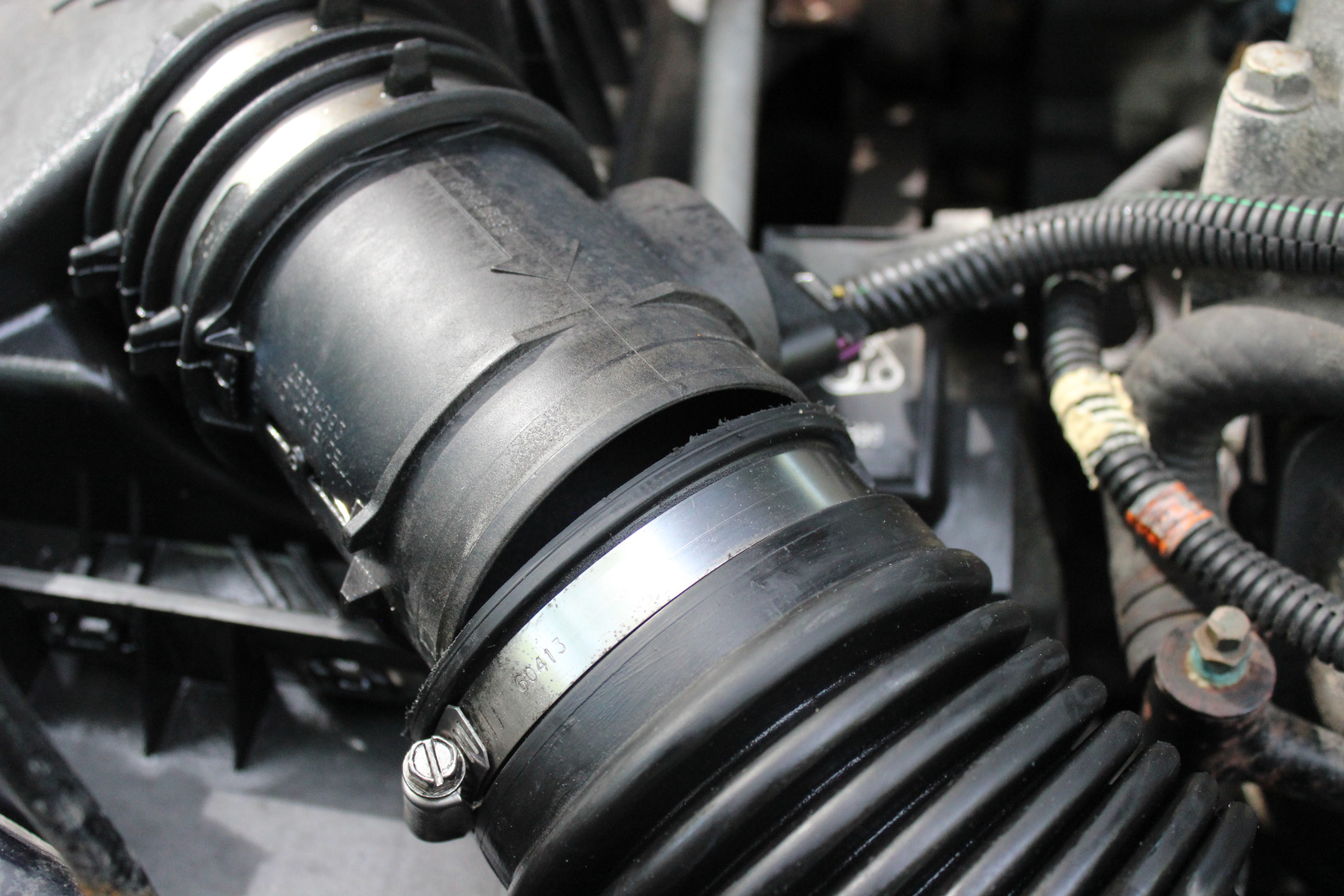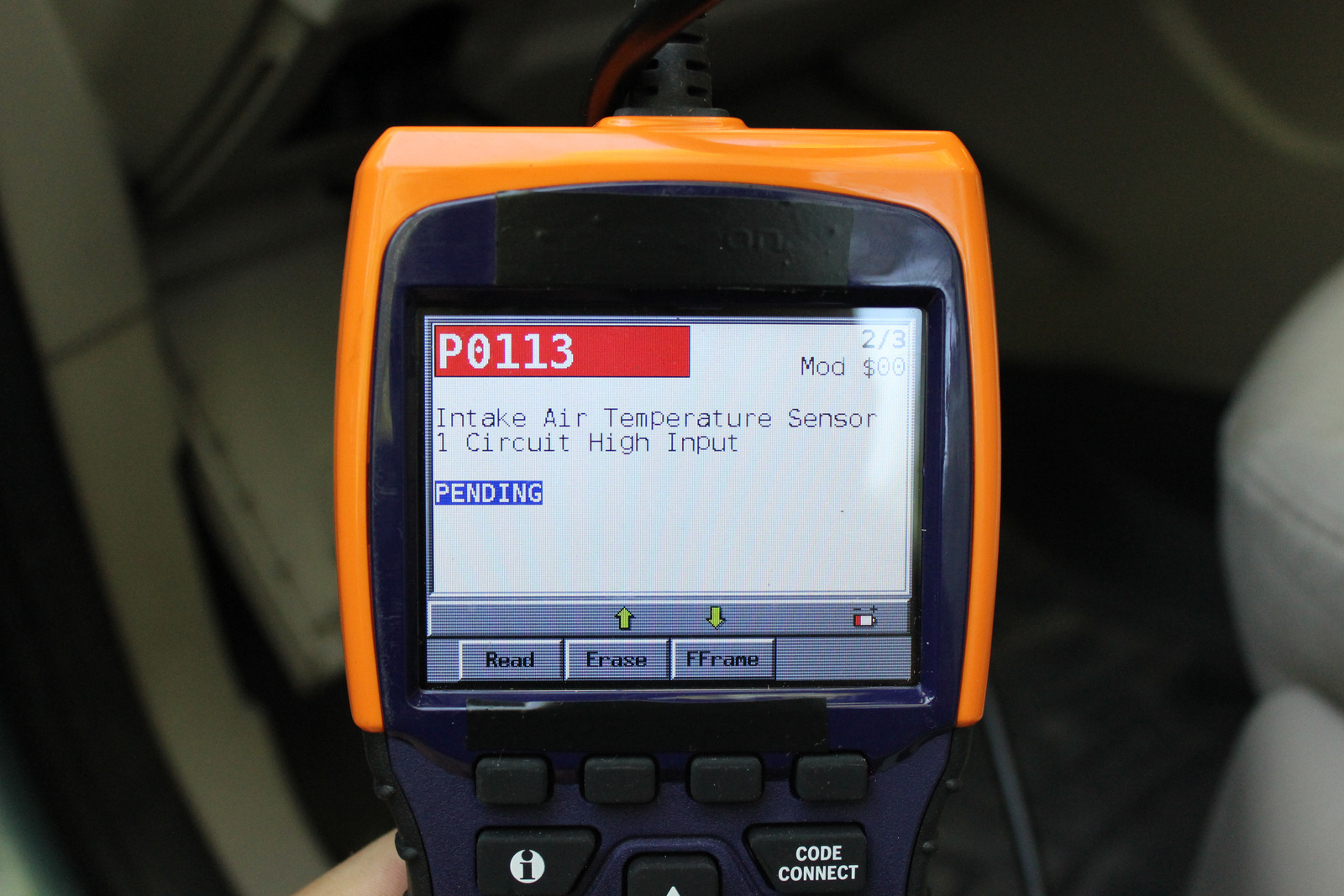Updated on: July 18, 2021
Whether you drive an old or new car, sooner or later you'll see the Check Engine light on your dashboard. Modern cars can self-diagnose mechanical and electrical concerns and warn the driver when there is a malfunction. Gone are the days of relying on smells, rattles, and squeaks to diagnose an automotive problem. But you shouldn't fear that warning light—use it as a call to action to address your car's maintenance needs.
What Does It Mean?

A car's computer, sometimes called the powertrain control module (PCM), uses a picture of an engine or words along the lines of "Service Engine Soon" on the dashboard to communicate problems to the driver. An illuminated Check Engine light usually does not mean your car's engine needs immediate attention and an expensive repair. Instead, it's a signal to assess your situation and get some assistance at your earliest convenience. Depending on the severity of the problem, the light may look different. A typical Check Engine light will be amber or orange and continuously lit, while a severe problem may result in a red or flashing light.
When the light goes on, you should first check other instruments in your car to see if there is a more serious problem: Start with the oil light and coolant temperature gauge. There are likely other lights that indicate issues with other systems, too, like the antilock brakes light. If you're not sure what a particular light means, check your owner's manual or make a service appointment. A trusted professional—an independent mechanic or your local dealership—should be able to identify what's caused the light to go on.
If the problem is severe, for example an engine misfire that risks damaging the catalytic converter, you might see a flashing Check Engine light. In these situations, you should pull over as soon as safely possible. Your car might also enter "limp home mode." When this happens, your car typically won't shift gears and your speed will be drastically limited. Although you should stop driving, there isn't any reason to worry, yet—this is your car's way of limiting further damage if it has a serious fault.
Common Causes

Hundreds of possible problems can cause a Check Engine light to come on. Some of the most common reasons are related to the car's emissions control system. As your car runs, its exhaust system releases carbon monoxide and other pollutants into the air. Keeping cars from over-polluting requires complex equipment, and the health of this system is constantly monitored by the car's computer. Emissions system faults can vary in severity, but they do not necessarily mean you need to stop driving your car.
If you see a Check Engine light on in an otherwise properly functioning car, the first things you should check are all the areas of the car that you or someone else recently interacted with. Check things like the gas cap, oil-fill cap, battery connections, and air-filter housing, and look for obviously disconnected wires. If the computer reads a loose gas cap, or anything else disconnected or improperly attached, as a system fault, the Check Engine light turns on to warn you.
What Do I Do Now?

Resist the temptation to reset your Check Engine light by disconnecting the battery or other methods—even if you manage to turn off the light, doing so won't solve anything and may only mask the problem. The Check Engine light could be just the tip of the iceberg. Your car's computer will have 5-character diagnostic trouble codes, starting with the letter "P," but those codes could be lost if you reset the Check Engine light prematurely. For intermittent problems, reading the codes saved in the car's computer may be the key to the ultimate fix.
To read your car's stored codes, you or a mechanic will need a code reader to interface with the plug located low on the dashboard, below the steering wheel on the driver's side of the car, known as an OBD-II (pronounced "oh-bee-dee-two" and standing for "on-board diagnostics") port. Most repair shops use expensive, professional-grade scan tools, but you can also find simple code readers at an auto parts store for less than $25, and one should be in every DIY mechanic's toolbox. The tricky part is understanding the code and determining the severity of the issue and what course of repair action to take. Luckily, any mechanic should be able to read your code(s) and advise you on how to proceed.
If you want to gather information on your own to diagnose your engine problem, a web search using your car's specific code(s), year, and model can also reveal helpful advice. But if you're unsure, your best option is to take your car to an experienced mechanic for a full diagnosis.
The Bottom Line
Don't fear the Check Engine light. It's an indicator that makes auto repair easier and helps owners keep their cars running longer. Pay attention to other signs and symptoms that come along with the Check Engine light, as these may be a better measure of whether it's due to a serious issue. Use an OBD-II code reader to extract the codes from your car's onboard diagnostics system, and let them lead you to the ultimate repair.
Related Topics
How to Jump-Start a Car
How to Check Your Tire Pressure
Choosing the Right Gas for My Car
